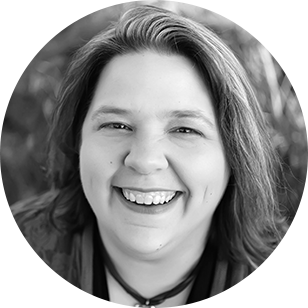Popular diet tips from 100 years ago
Don't drink water. And by God, be sure to breathe!
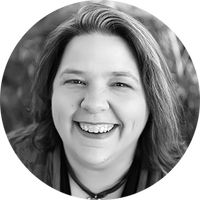
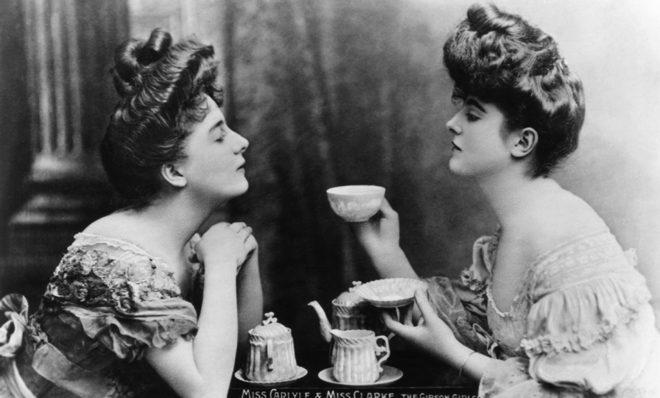
For the past century or so, the human race has been struggling to undo the millennia of genetic programming that tells us to eat. Eat what you can, take pleasure in your food, for it may be weeks before you stumble across another wounded aurochs. In the early 20th century, concerns about obesity, mostly cosmetic, resulted in the creation of libraries of diet literature. While most advice had the familiar and reasonable refrain of "eat less and exercise," there were occasional divergences into the maniacal that gave weight-loss advice of this era a memorable, frightening charm.
Are you fat?
The first question you must ask yourself is, "Are you fat?" If you are unsure, Mrs. Annette Kellerman, in her 1918 book Physical Beauty, How to Keep it, has devised a number of tests to reveal your condition. Now get naked.
The Week
Escape your echo chamber. Get the facts behind the news, plus analysis from multiple perspectives.

Sign up for The Week's Free Newsletters
From our morning news briefing to a weekly Good News Newsletter, get the best of The Week delivered directly to your inbox.
From our morning news briefing to a weekly Good News Newsletter, get the best of The Week delivered directly to your inbox.
Here are a few tests to determine how much of you is real woman and how much is just plain fat. In the first place stand before your mirror nude and look yourself over…Now bend over in various attitudes. Are there unsightly wrinkles and rolls of loose flesh? Lie down on a bed or couch on your back…With your free hand grasp the loose skin and flesh that lies above these muscles… if you are too fat there will be big rolls of loose flesh above the tightened muscles. [Physical Beauty, How to Keep it]
Also, check for loose busts.
The woman who is too fat will frequently, though not always, have loose busts. She is likely to have excessive hips. Her knees and ankles, instead of being trim and shapely are likely to be soft and puffy. [Physical Beauty, How to Keep it]
If you're still wavering, another method of determination is presented by the anonymous Countess C__, in her 1901 book, Beauty's Aids: Or, How to Be Beautiful. Your general form. Is it human-shaped? Or do you look like someone mated a manatee with a rodeo monkey?
A very thin woman is not beautiful, but she can be graceful even to a remarkable degree; but what shall we say of an old woman, overflowing with fat, no longer possessing a human form, much less the form of a woman, always gasping, sweating, and breaking out into redness at the slightest movement, looking, in short, vulgar, ridiculous, and half-bestial. [Beauty's Aids: Or, How to Be Beautiful]
Still don't know? This last test will cinch it. Ask yourself, does your flesh escape you like filthy secrets hidden in a pudding bag? From The Woman Beautiful, an 1899 work by Helen Follett Jameson:
[The fat woman] gets into clothes that are skin-tight, and she draws in her corset string until it snaps and gives at every breath and sneeze, and even then she does not look graceful and pretty, for the fat — like secrets — will out, and it rolls over and around like the little bumps and humps in a pudding bag. [The Woman Beautiful]
Napping makes you stupid and fat
A free daily email with the biggest news stories of the day – and the best features from TheWeek.com
Oh dear, dear Pudding Bag, how did you let this happen? Of course overeating can lead to obesity. But did you know naps, or even eight hours of sleep a night, can also pack on the pounds? The experts agree.
Mere napping about for those who already have too much rest and luxury is suicidal to both mind and body. Oversleeping at any time makes one stupid and logy, yes — fat. [Physical Beauty, How to Keep it]
Sleep must be limited to seven hours, and daily naps are strictly tabooed. [The Woman Beautiful]
And if you can't force yourself out of bed, get a much less comfortable bed.
If she cannot give up all that gratifies her palate but produces flesh...exchange her soft and downy bed for a harder one and reduce her sleep by two or three hours daily. [Beauty, Its Attainment and Preservation, 1892]
Basically, too much peace and comfort in life, the very thing our ancestors fought to obtain, is now the offender. Get up, Puddin'. Nap time is over.
First, as regards repose, all soft habits of laziness, long since contracted, must be given up. Bed must be lain in for as short a while as possible, and only entered for sleep; much exercise, even violent exercise, must be taken. [Beauty's Aids: Or, How to Be Beautiful]
Water, the silent enemy
There was once a pervasive belief that water was fattening. The…oh, let's just call it "science," behind it seemed to have to have something to do with water interfering with "gastric juice." If the gastric juice is allowed to attack solid food unimpeded, then...something something…weight loss could occur. This was the theory put forth by Thomas King Chambers in 1852, in his essay Corpulence: Or, Excess of Fat During Pregnancy. He extrapolated his theory that pregnant woman should be denied water to all those who were too stout. His work was supported by some of the era's most respected not-remotely-doctors who wrote medical advice for women.
Said Jameson:
Do not drink much water. A little lemon juice added to it will make it less fattening. [The Woman Beautiful]
The Countess C__ agrees:
First and most important, drink very little, as little as possible, and only red or white wine, preferably Burgundy, or tea or coffee slightly alcoholized. [Beauty's Aids; Or, How to Be Beautiful]
In America the number of fat people is growing larger every year and the suffering endured by this usually good-natured class of people is tremendous. As a matter of fact, a great deal of this discomfort might be avoided if people would not drink such an inordinate quantity of ice water and could be made to understand that thirst does not lie in the stomach and that it is not satisfied by pouring down water by the glassful. [Beauty, Its Attainment and Preservation]
The internal fatbustion engine
Nothing combats excess weight like an active lifestyle. Most diet books of the day strongly encouraged walking, riding, and even swimming. Just not for the reasons you would expect. You see, oxygen burns fat. Literally. You just have to breathe fresh air, and all that nasty fat goes up in smoke. It's just science.
Lina Cavalieri explains in her 1914 My Secrets of Beauty:
Fresh air is a destructive agent to fat. Oxygen burns carbon. To make this clear, let me ask you if you have noticed how a dying fire flames up when a draught of cold air is turned upon it? That is precisely what happens when a woman who is too fat goes out for a walk. Carbon, which is in the great folds of flesh that lie upon her abdomen and blanket her hips, is also a component part of the coat. Oxygen acts upon this as a burning match applied to paper. [My Secrets of Beauty]
Ms. Jameson supports Cavalieri's theory:
Oxygen destroys or burns out carbon, and carbon is fat. The more exercise and fresh air, the more oxygen, and consequently destruction of fat by the one healthy means of remedying obesity. [The Woman Beautiful]
True, human fat contains carbon, but that's because most fat people live on Earth, where all organic life is carbon-based. And oxygen is used in the conversion of fat to energy, but oxygen is used by humans for everything. It is the physical effort of exercise that taps the fat reserves, not air you breathe while doing it.
The porpoise is NOT a slender animal
Outdoor exercise is preferable, but if you are simply too much of a loose-busted corset snapper, there are other, less public options. Cavalieri insists that the stout woman begins her day by doing stretches in front of an open window. Sensible enough. Then, onto the rolling!
Banish all thoughts of going back to bed. Instead begin your rolling. There is no mystery about rolling. It is simply what the name indicates. Down upon the floor you go and roll over and over swiftly, not slowly as a porpoise rolls. The porpoise, you will observe, is not a slender animal. Roll over as a puppy, tingling with the joy of life, rolls in the dust when at play. Roll quickly. Make at least 80 revolutions before stopping. [My Secrets of Beauty]
Jameson can offer you an option even kinder, if you can't exercise your own body, have a machine do it for you!
To those who prefer, mechanical massage can be given, and this will take the place of long walks, although they are really preferable, as the fresh air is necessary. [The Woman Beautiful]
As for the "mechanical massage" that can consume that carbon-y fat just nearly as well as walking, Collector's Weekly has an excellent, horrific collection of what Ms. Jameson might be referring to.
And finally, my little Pudding Bag, if you needed any more motivation to lay off the tap water and get yourself strapped into a mechanical masseuse, this selection from Nathaniel Edward Yorke-Davie's 1889 Foods for the Fat: A Treatise on Corpulency and a Dietary for Its Cure will surely be the inspiration you need.
There are many other evils beyond corpulence that result from excess in eating, and a badly arranged dietary. Among them may be mentioned a deranged digestion, a loaded tongue, an oppressed stomach, vitiated secretions, a gorged liver, plethora and its consequences, a sluggish brain, with horrible dreams during sleep, and depression when awake. [Foods for the Fat: A Treatise on Corpulency and a Dietary for Its Cure]
I don't know what most of those conditions actually are, but they make for some fearful wicked poetry. This little porpoise has some tingling puppy rolls to do.
Therese O'Neill lives in Oregon and writes for The Atlantic, Mental Floss, Jezebel, and more. She is the author of New York Times bestseller Unmentionable: The Victorian Ladies Guide to Sex, Marriage and Manners. Meet her at writerthereseoneill.com.
-
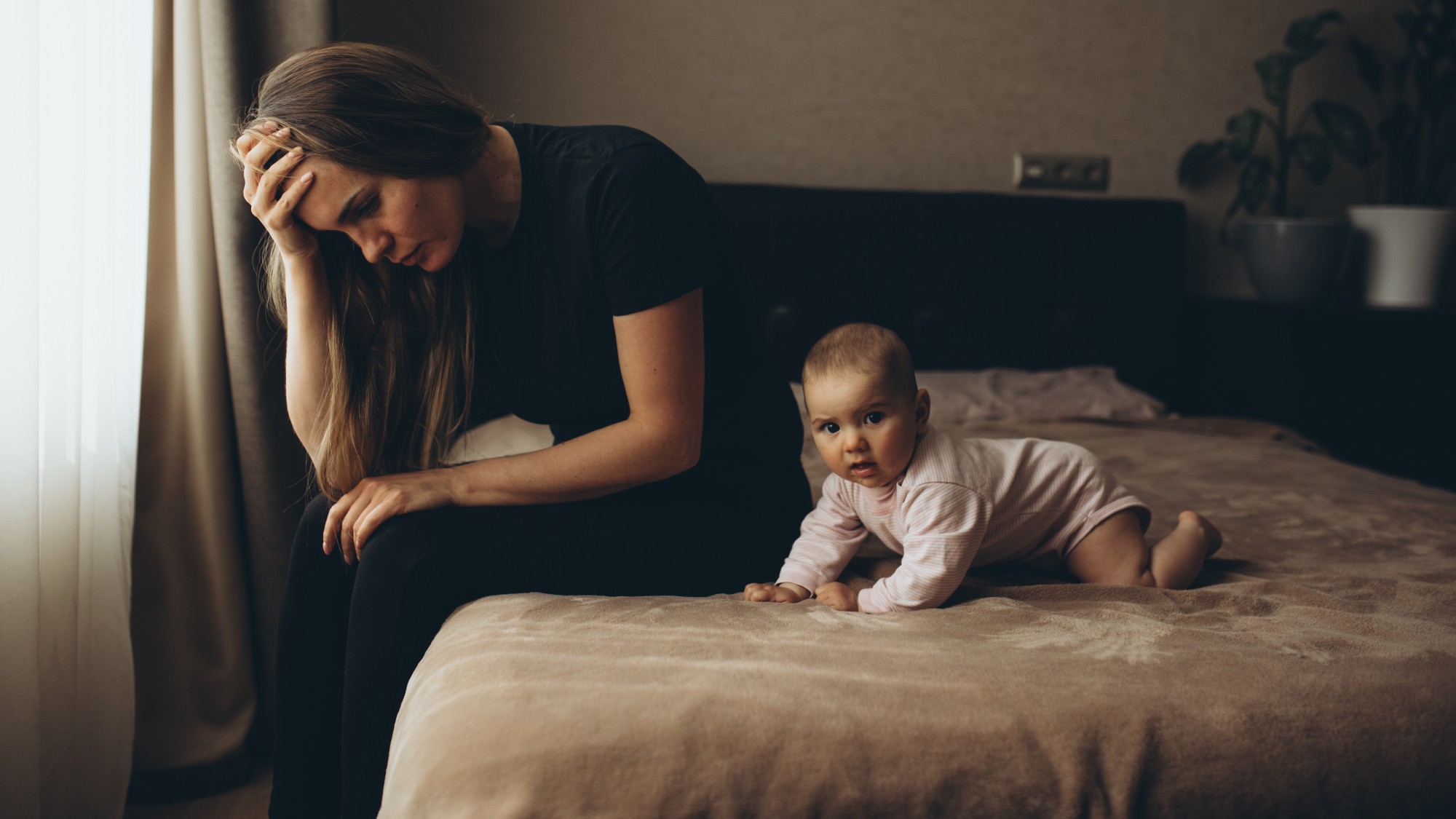 ‘Care fractures after birth’
‘Care fractures after birth’instant opinion Opinion, comment and editorials of the day
-
 Shots fired in the US-EU war over digital censorship
Shots fired in the US-EU war over digital censorshipIN THE SPOTLIGHT The Trump administration risks opening a dangerous new front in the battle of real-world consequences for online action
-
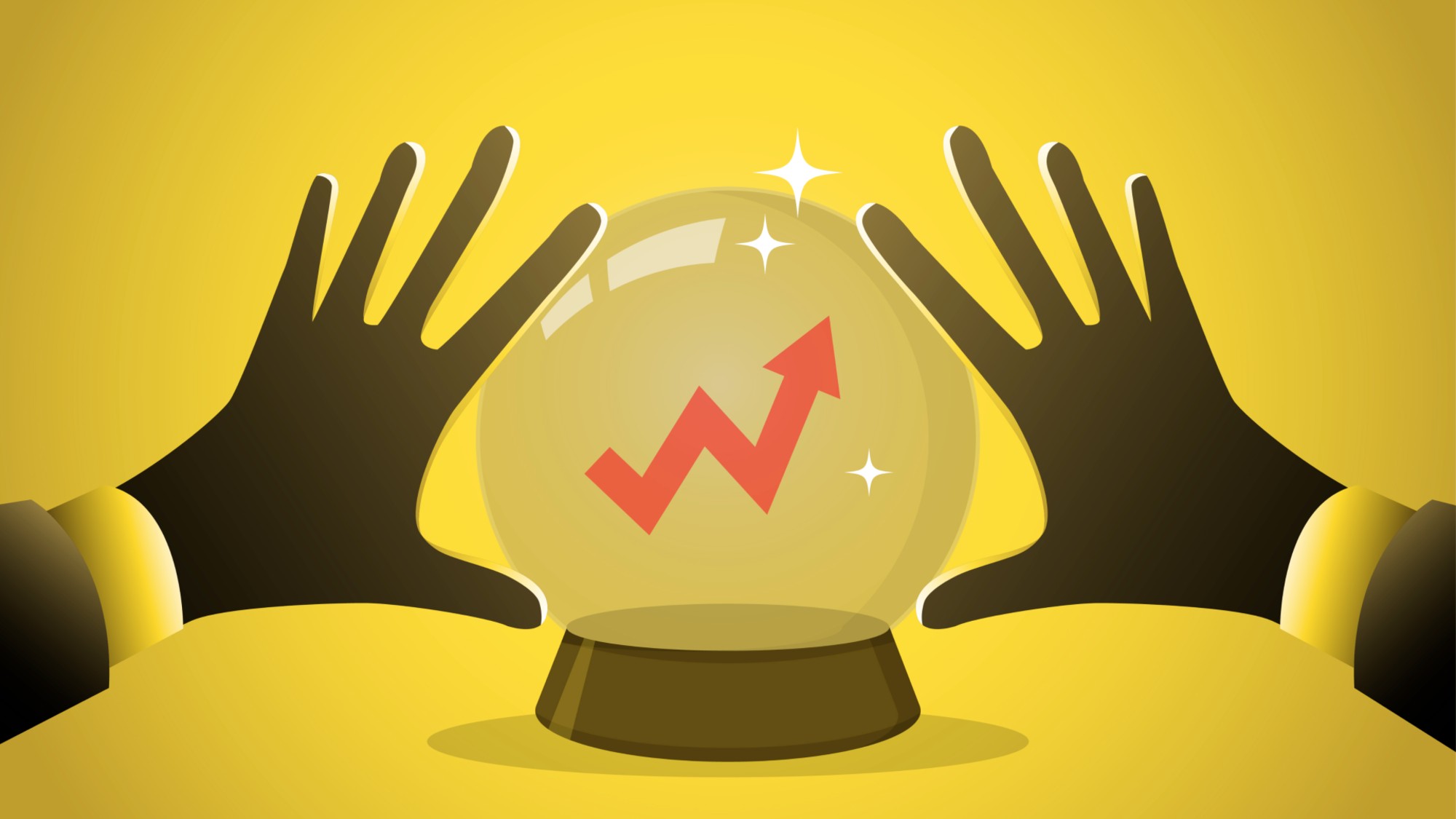 What will the US economy look like in 2026?
What will the US economy look like in 2026?Today’s Big Question Wall Street is bullish, but uncertain
